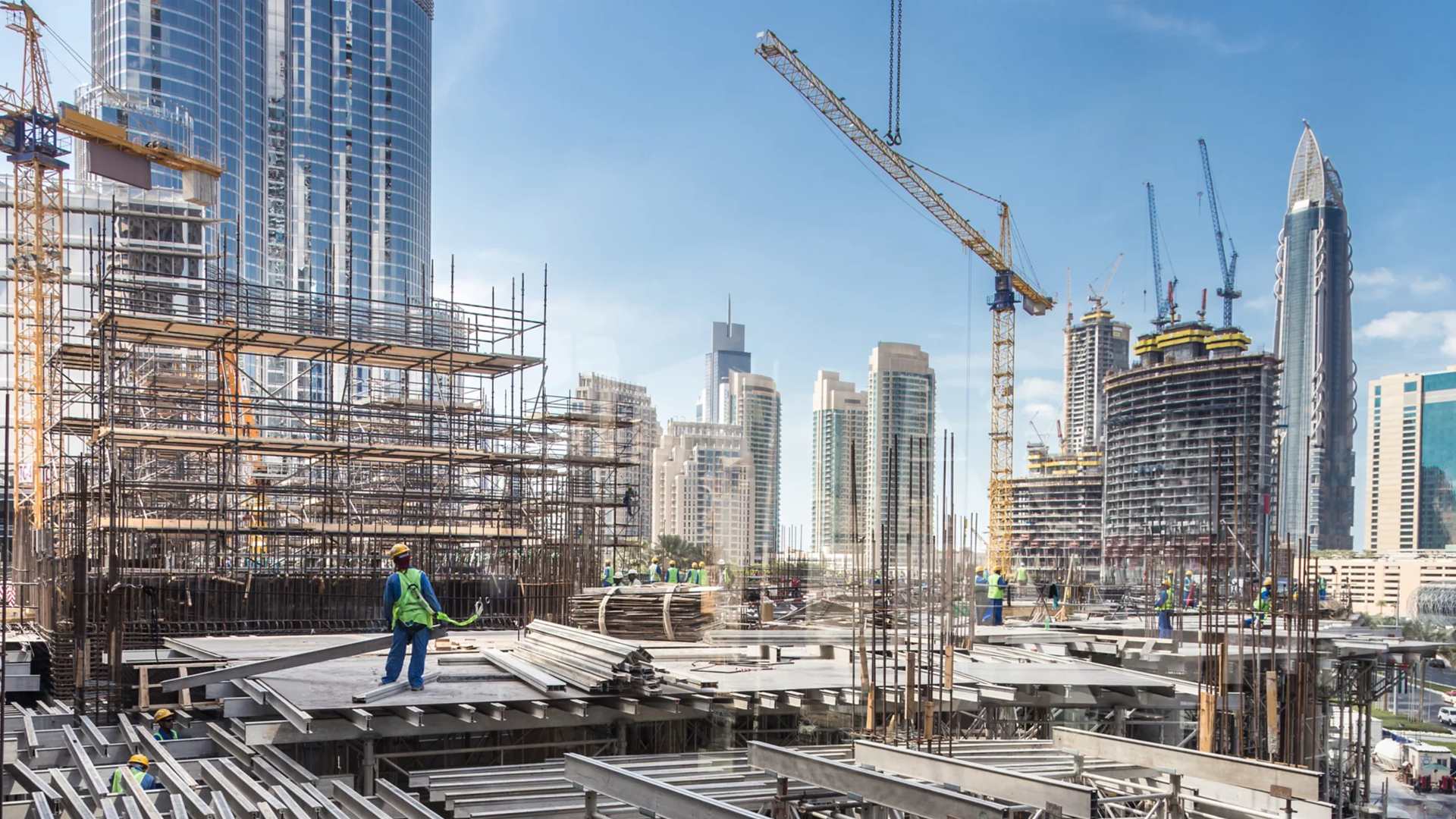In today’s society, the construction industry is considered one of the most advanced and profitable sectors. This industry operates based on specific regulations and standards set by authorities.
One of the key steps in constructing a building is owning a plot of land and having a proper architectural plan. Before beginning construction, you must obtain the necessary documents and permits, including a construction permit, proof of land ownership, national ID, and the involvement of a certified supervising engineer. Once all these requirements are fulfilled and the permit is issued, construction can officially begin.
This article will introduce you to the different phases of the building process. Stay with us.
Excavation is the first and one of the most critical steps in construction. The depth must be determined by a specialist, based on the number of floors planned. Any negligence at this stage could lead to structural settlement or collapse after construction.
A 10 to 15 cm layer of concrete is poured into the excavated area. This layer prevents structural collapse or settlement, forming a solid base for the building.
The structural frame of the building can be either steel or concrete. Steel frames are more durable and recommended for those who prioritize strength. While concrete skeletons are more cost-effective, they are generally less durable than steel ones.
Walls are typically built using bricks. However, using pre-fabricated wall panels is more economical—especially those with sound and thermal insulation properties.
Once walls are complete, the finishing phase begins, including plastering, tiling, and painting. Plaster is applied in layers to strengthen the walls, and flooring is covered with mortar. Once the mortar dries, tiles or mosaics are installed and sealed properly. Wall tiling is done vertically using a plumb line and finished with white cement grouting.
To complete the ceiling, false ceilings are installed or the interior is plastered. This is a traditional approach. Once the ceiling and interior finishes are done, the external façade and final aesthetic details are applied. After this, the building is ready to be handed over to the owner.
It’s widely known that errors or negligence in construction are common. However, by strictly adhering to building codes and standards, such mistakes can be minimized. This not only ensures the safety of the structure but also helps control costs and avoid waste, leading to a safer and more profitable project.
The construction industry also relies on other industries and must comply with specific standards. While there are many ways to build a structure, not all of them are correct. Following the right principles significantly contributes to building strength and longevity.
With advancements in technology now applied in construction, compliance with modern standards has also become easier—often reducing overall costs.
Insulated concrete forms are used for reinforced concrete construction. This system combines concrete with rebar (steel reinforcement) to increase the tensile and flexural strength of the structure, ensuring greater durability.
This article provided a detailed overview of the construction industry, its phases, and the required steps to carry out a successful project. We hope this information has been helpful to you.
